Google Pixel 9a vs Pixel 9: Why would you go with that flagship anyway?
We may earn a commission if you make a purchase from the links on this page.
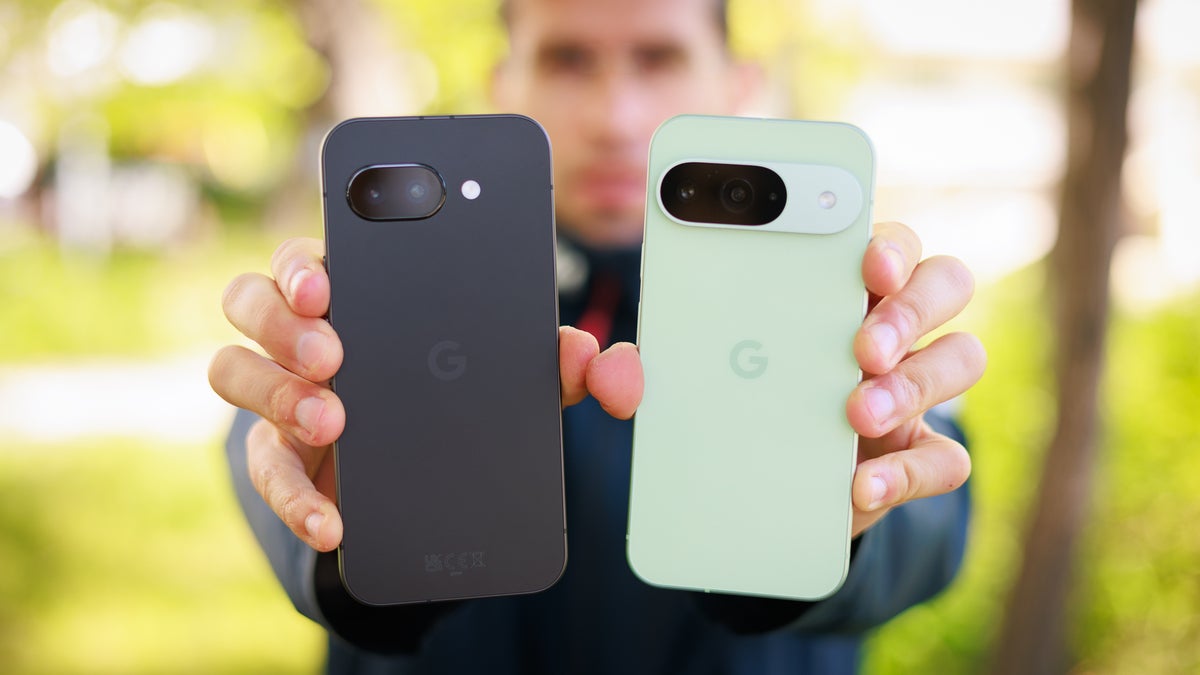
Intro
The new Google Pixel 9a is here, and it bolsters the ranks of the Pixel 9 series beautifully.
Google's new value proposition is easily the most complete one yet, with a friendly new design, the largest battery ever fitted on a Pixel phone, a promising camera setup, a brighter and larger screen, a flagship-grade chip, and most importantly, the same unchanged $499 price tag.
Wow, that's a pretty impressive list of improvements over the older Pixel 8a, especially considering that the pricing has remained intact.
Should the Pixel 9 start feeling a little uneasy due to the mounting in-house competition? Well, that seems to be the case: the Pixel 9a might just steal all its thunder!
Pixel 9a vs Pixel 9 differences:
| Pixel 9a | Pixel 9 |
|---|---|
| A 6.3-inch Actua 60/120Hz OLED display with 2,700-nit peak brightness | The same 6.3-inch Actua OLED with 60/120Hz refresh rate and 2,700-nit peak brightness |
| Gorilla Glass 3 up front | More durable Gorilla Glass Victus 2 at the front |
| Taller and wider, but lighter | Shorter and narrower, but heavier |
| Flat design using aluminum and plastic | Flat design utilizing aluminum and glass |
| No camera bump | Raised 3D Camera Visor bump |
| Tensor G4 chipset with 8GB of RAM | Same Tensor G4 chipset, but paired with 12GB of RAM |
| 48MP main camera | 50MP main camera |
| 13MP ultrawide camera | 48MP ultrawide camera |
| Larger 5,100mAh battery | Smaller 4,700mAh battery |
| 23W wired and 7.5 wireless charging | 27W wired and 15W wireless charging |
| Starting at $499 (128GB) | Starting at $799 (128GB) |
Design and Size
Synergy
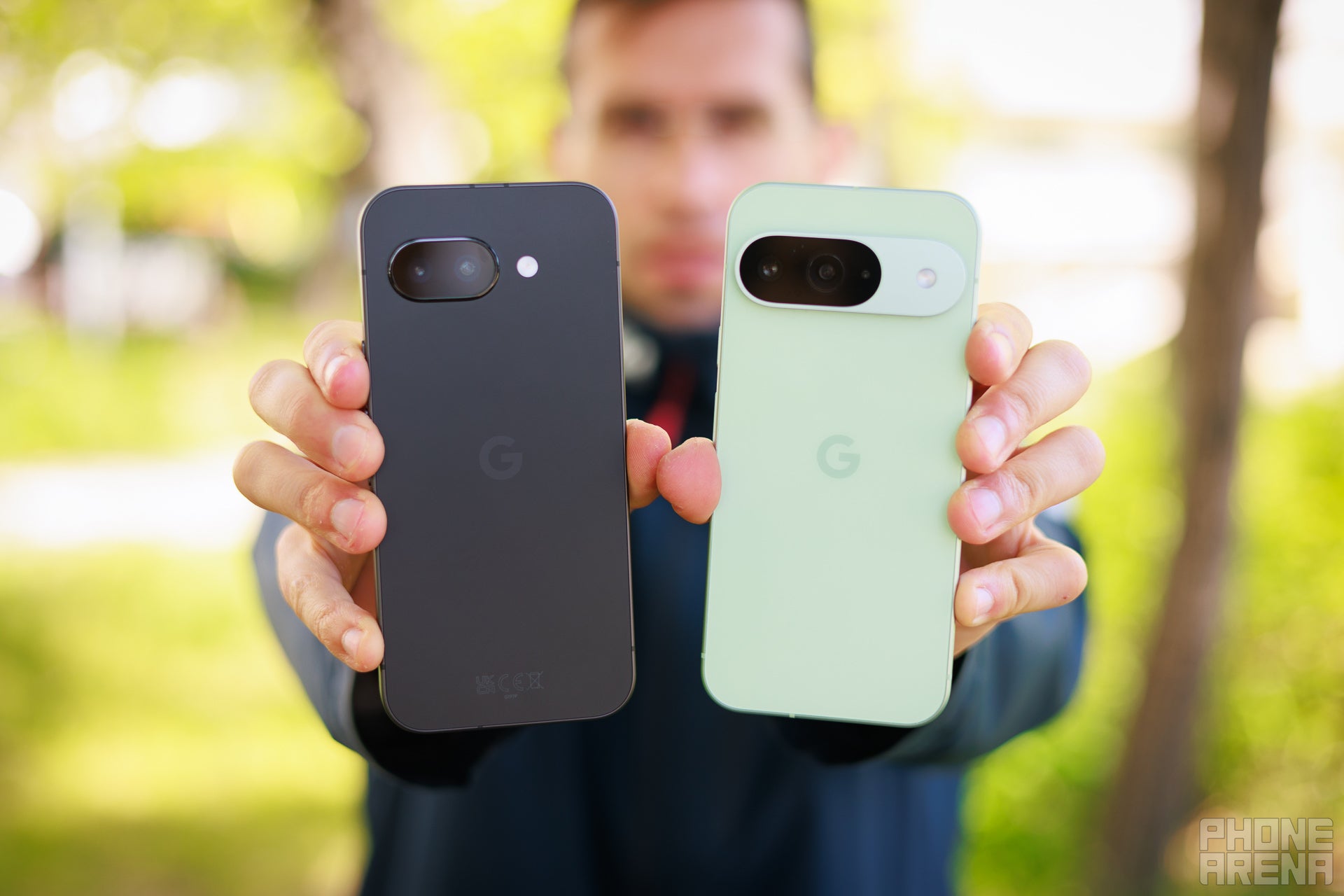
(Image by PhoneArena)
Google has graced the Pixel 9a with a pretty substantial redesign. Gone are the slightly curved design elements of the Pixel 8a, we now get a flat and right-angled Pixel 9a, which employs more or less the same design language as the Pixel 9 series itself. That could potentially hurt the ergonomics of the Pixel 9a a little.
The camera island at the back has also been redesigned, with the side-to-side 3D Visor of old gone. In its place, we get a nearly flush camera, which doesn't protrude at all––that's great to see! This brings us back to simpler times, when cameras didn't stick out weirdly from the back of phones.
Another major change is in the size department: we get a larger 6.3-inch screen (versus a 6.1-inch one on the Pixel 8a). This makes the Pixel 9a just as well-spec'd as the Pixel 9. This screen size upgrade comes along with a size increase as well.
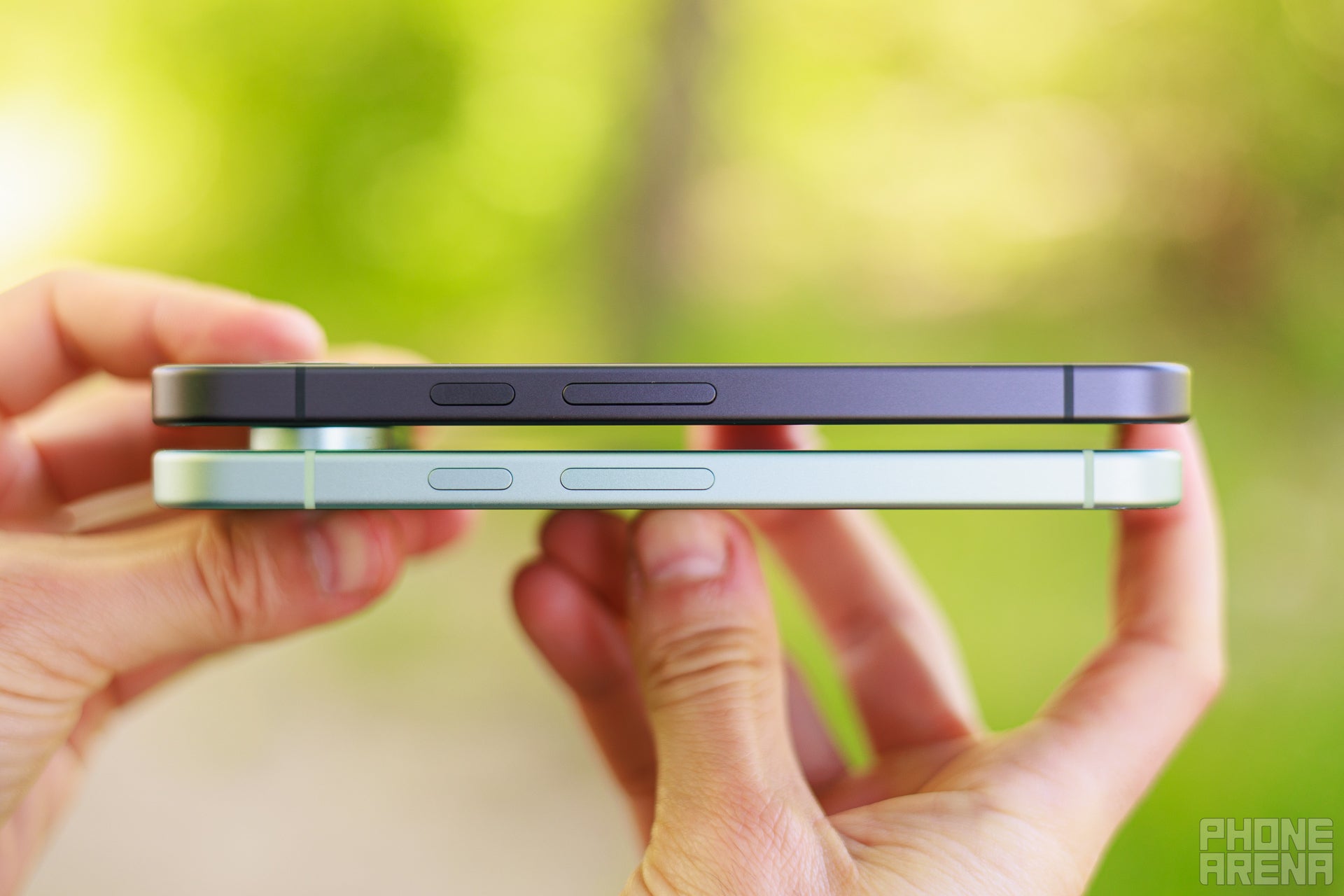
(Image by PhoneArena)
The new Pixel 9a measures 154.7 x 73.2 x 8.9mm in size, so it's slightly taller, wider, and thicker than the Pixel 9, which stands at 152.8 x 72.0 x 8.5mm. That's okay: a more premium and compact design is the Pixel 9's forte. Finally, the Pixel 9a weighs 186gr, slightly less than the Pixel 9's 198gr.
A pretty significant difference between the premium and affordable Pixels are the materials used: the Pixel 9 employs an aluminum frame with Gorilla Glass Victus 2 glass at the front and back, whereas the Pixel 9a only uses aluminum for the frame, but has a plastic back; at the front, we get Gorilla Glass 3. Another round which the Pixel 9 seemingly wins, but does this even matter?
Both phones are IP68-rated, meaning you can submerge them in 3ft of water for more than half an hour.
The Pixel 9a comes in Obsidian (black), Porcelain (white), Iris (lavender/purple), and Peony (pink), while the Pixel 9 was available in Obsidian (black), Porcelain (white), Wintergreen (green), and Peony (pink). A diverse color selection that blends "serious" hues with more playful vivid ones, that's what we love to see.
Both phones are IP68-rated, meaning you can submerge them in 3ft of water for more than half an hour.
The Pixel 9a comes in Obsidian (black), Porcelain (white), Iris (lavender/purple), and Peony (pink), while the Pixel 9 was available in Obsidian (black), Porcelain (white), Wintergreen (green), and Peony (pink). A diverse color selection that blends "serious" hues with more playful vivid ones, that's what we love to see.
Display Differences
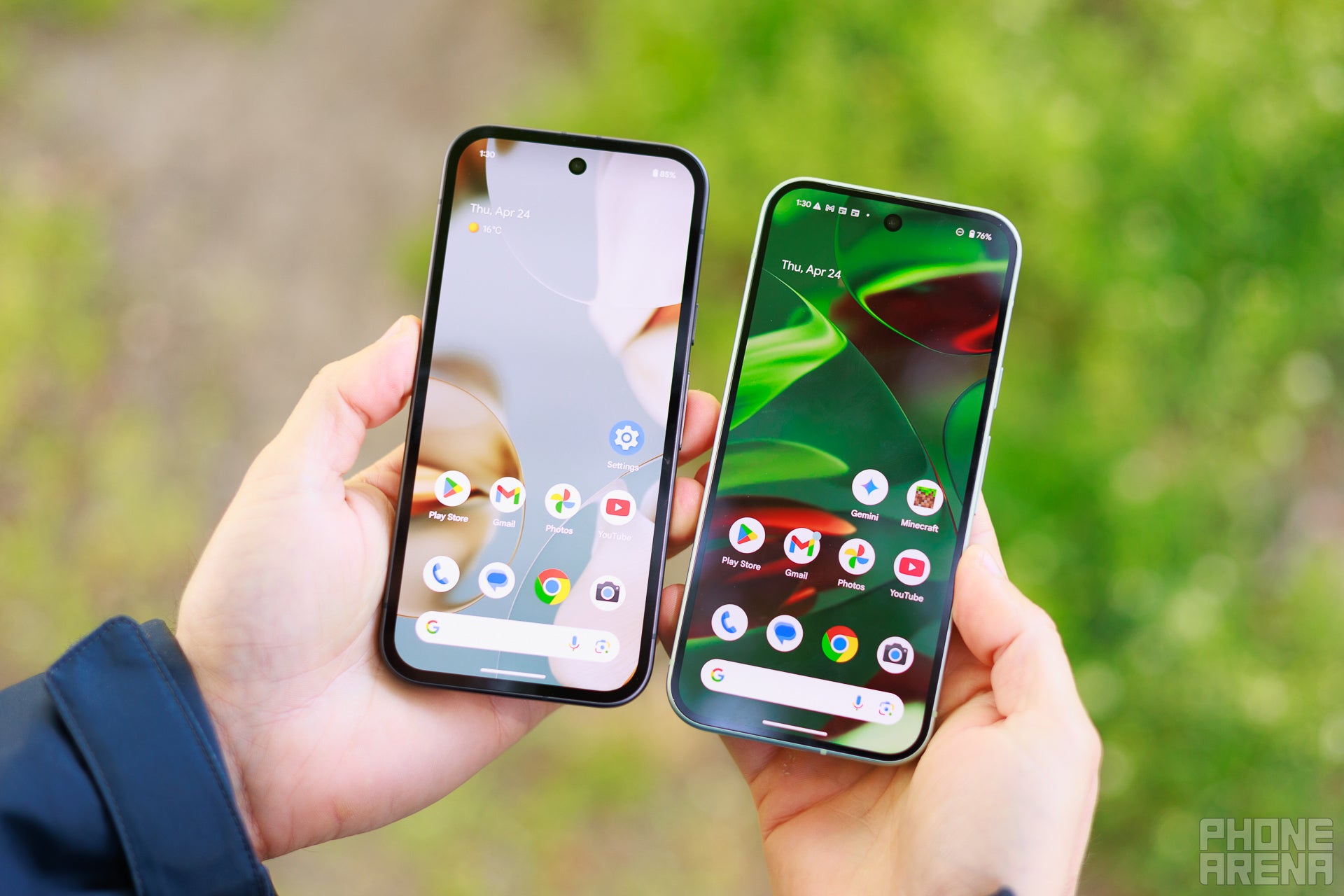
(Image by PhoneArena)
For all intents and purposes, the Pixel 9 has "donated" its display to the Pixel 9a.
We get the same 6.3-inch Actua FHD+ OLED panel with 60/120 refresh rate and familiar 20:9 aspect ratio. Such 60/120Hz displays are not as smooth as more premium ones that go down to 10 or even 1Hz and deliver a smoother viewing experience, but that's still not a big issue here. Anything is better than the iPhone 16's 60Hz, that's for sure.
Another important aspect that's similar between the two phones is the peak brightness. We measure both at above 2,500 nits, which is superb and means either will be very legible in whatever lighting conditions.
Our tests also reveal that there are no other significant differences between the two screens, so you're getting basically the same experience regardless of which one you pick.
The Pixel 9 has an in-display fingerprint scanner, and so does the Pixel 9a. We are thrilled to test if there are any significant differences in accuracy and speed of use.
Performance and Software
Same chip, possibly similar performance
As it is now tradition, Google has graced the Pixel 9a with the Tensor G4 chipset, the same flagship-grade chipset that clicks and ticks in just about every other Pixel 9 device out there. This is great because it gives you the flagship processor in a device that's significantly more affordable.
The Tensor G4 is manufactured on a 4nm process, making it competitive with most current flagship chips. It’s mostly tuned for AI and machine learning rather than excelling in synthetic benchmarks, but handles real-world tasks effortlessly, so you'll most certainly be just enough for regular tasks, especially at the unbeatable price tag of $499.
In our synthetic benchmark tests, the Pixel 9 takes a slight lead, but nothing too significant. You will never notice any performance discrepancies between the two.
The same applies to the graphics: our tests reveal that while both will deliver similar initial burst performance (the Pixel 9a even edges ahead), Google's new affordable phone can sustain its graphics-crunching performance for longer. The Pixel 9 will be the first one to throttle when heavy gaming is involved.
Memory-wise, the Pixel 9a arrives with 8GB of RAM and 128 or 256GB of on-board storage, which is a decent memory configuration.
The more premium Pixel 9 arrives with 12GB of RAM, giving you more headroom for app juggling and on-device AI processing. The storage configurations here are similar: 128GB and 256GB.
Android 15 is the software of choice on both phones. The full roster of Gemini AI features is supported on both devices.
Both devices will enjoy Google's seven-year software support policy, with the Pixel 9 being supported until 2031 and the new Pixel 9a until 2032.
Camera
New camera and no camera bump
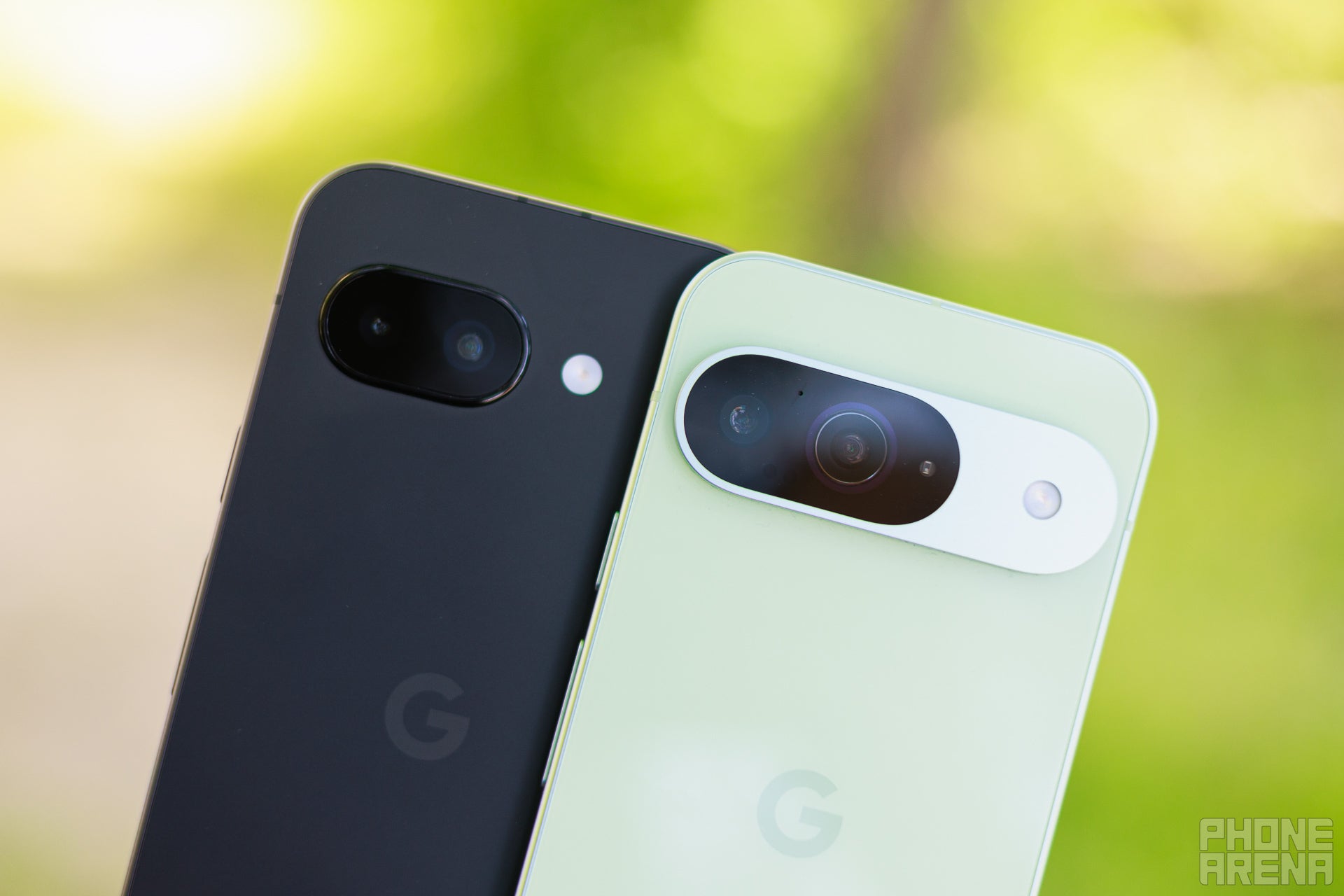
(Image by PhoneArena)
Boasting a camera flush with the back is notable in itself, but the Pixel 9a has also scored some notable changes here as well.
It boasts a 48MP camera with an F1.7 aperture, a 1/2.0" sensor, 0.8µm pixels, dual-pixel autofocus and OIS. If specs are considered, it's the same camera as the one on the Pixel 9 Pro Fold. There's also a 13MP ultrawide camera.
It boasts a 48MP camera with an F1.7 aperture, a 1/2.0" sensor, 0.8µm pixels, dual-pixel autofocus and OIS. If specs are considered, it's the same camera as the one on the Pixel 9 Pro Fold. There's also a 13MP ultrawide camera.
This is a very decent camera setup; we definitely loved the main camera of the Pixel 9 Pro Fold, which delivered very realistic colors, balanced dynamics (though it struggled with the highlights in some scenes), and an overall pretty decent camera performance.
Meanwhile, the Pixel 9 comes with 50MP main and new 48MP ultrawide cameras, which is decidedly a more flagship camera setup. The Pixel 9 fared significantly better in the PhoneArena Camera Score test, outpacing the Pixel 9 Pro Fold in both still photos and video-recording, so we expect the same to transpire with the Pixel 9a and Pixel 9, too.
PhoneArena Camera Score:
In our custom camera test, the Pixel 9a performs very well, but loses to the Pixel 9 a bit. The main reasons are the significantly stronger main camera performance of the Pixel 9 in both photos and videos. That was expected and totally normal. Still, let us reiterate: the Pixel 9a does a very fine job.
Image Quality
With the Pixel 9, you get better image quality. There's slightly more sharpness, richer and more contrasty color, as well as a better dynamic range. That's just par for the course considering that the Pixel 9 is the pricier, more premium, proper flagship phone.
The same applies to the zoom performance here. While both phones use their main camera sensors to zoom in, it's the Pixel 9 that unsurprisingly does a better job. Detail is cleaner and has way more definition, making the Pixel 9 the clear winner here.
There aren't that many differences in the ultrawide camera performance, with both delivering very similar results. If you pixel-peep, however, the Pixel 9 comes on top with sharper details, consistent with its flagship status.
More camera samples
Video

When it comes to video, both phones offer similar video-recording capabilities. The quality is similar, but the Pixel 9 has a slight advantage here, with better stabilization and better detail, as well as slightly richer colors and better dynamic range.
Also read: Google Pixel 9a camera
Battery Life and Charging
The largest battery on a Pixel phone!
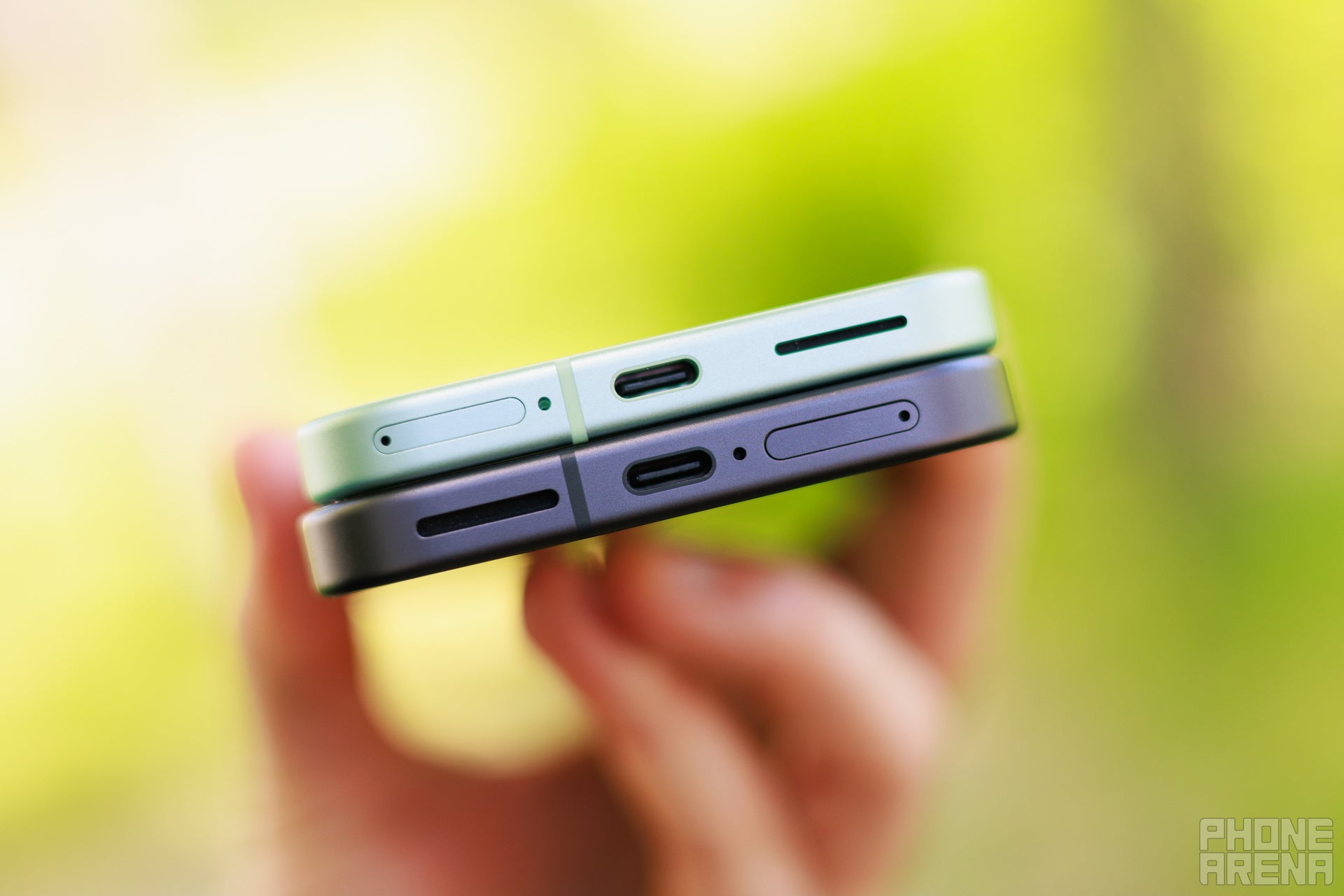
(Image by PhoneArena)
The Pixel 9a arrives with a 5,100mAh battery on deck––that's the largest one ever fitted on a Pixel phone. This, paired with the fast and efficient Tensor G4, easily propels the Pixel 9a to the very top of the Pixel battery life charts!
In our custom battery tests, the Pixel 9a totally dominates the Pixel 9, achieving nearly 20 hours in the custom web browsing test, nearly 11 hours in our custom video test, and 12 hours and a half in the 3D gaming exercise, all of which make it one of the longest-lasting Pixel phones we've ever seen. Superb!
That said, the Pixel 9 fared well in our custom battery tests (17 hours 34 minutes in our web browsing test, 8 hours and a half in our video streaming test, and 10 hours in our gaming test), so we have extremely high hopes for the Pixel 9a, but ultimately, that was significantly lower than what the Pixel 9a offers.
That said, the Pixel 9 fared well in our custom battery tests (17 hours 34 minutes in our web browsing test, 8 hours and a half in our video streaming test, and 10 hours in our gaming test), so we have extremely high hopes for the Pixel 9a, but ultimately, that was significantly lower than what the Pixel 9a offers.
PhoneArena Battery and Charging Test Results:
One area in which the Pixel 9a will lag a little are the charging speeds, though. We got a slight upgrade to 23W wired charging speeds (up from 18W on the Pixel 8a), while wireless charging remains 7.5W. That's not great, but par for the course for a $499 phone.
The Pixel 9, on the other hand, boasts 27W wired and 15W wireless charging. It takes an hour and 40 minutes to bring the Pixel 9 from 0 to 100%, but a brief 30-minute charging session delivers a 51% charge. As it has a smaller battery, it will certainly charge faster.
Also read: Google Pixel 9a battery
Audio Quality and haptics
The Pixel 9 delivers slightly better audio quality with slightly less distortion at higher volumes, but the Pixel 9a isn't significantly worse in comparison.
The same applies to the haptic feedback as well: both devices deliver similar strong and precise vibration feedback that makes typing on the keyboard and interacting with the interface pleasing.
Specs Comparison
Here's an essential Pixel 9a vs Pixel 9 specs comparison:
| Google Pixel 9a | Google Pixel 9 | |
|---|---|---|
| Size, weight | 154.7 x 73.3 x 8.9mm 186gr | 152.8 x 72.0 x 8.5mm 198gr |
| Screen | 6.3" Actua FHD+ OLED 60/120Hz Gorilla Glass 3 2,700-nit peak brightness | 6.3" Actua FHD+ OLED 60/120Hz Gorilla Glass Victus 2 2,700-nit peak brightness |
| Processor | Tensor G4, 4nm | Tensor G4, 4nm |
| RAM, Storage | 8GB/128GB 8GB/256GB | 12GB/128GB 12GB/256GB |
| Cameras | 48MP main 13MP ultrawide 13MP front | 50MP main, f/1.68, 1/1.31" sensor 48MP ultra, f/1.7, 1/1.25" sensor 10.5MP front |
| Battery | 5,100mAh | 4,700mAh |
| Charging | USB-C 23W wired 7.5W wireless | USB-C 27W wired 15W wireless |
Summary
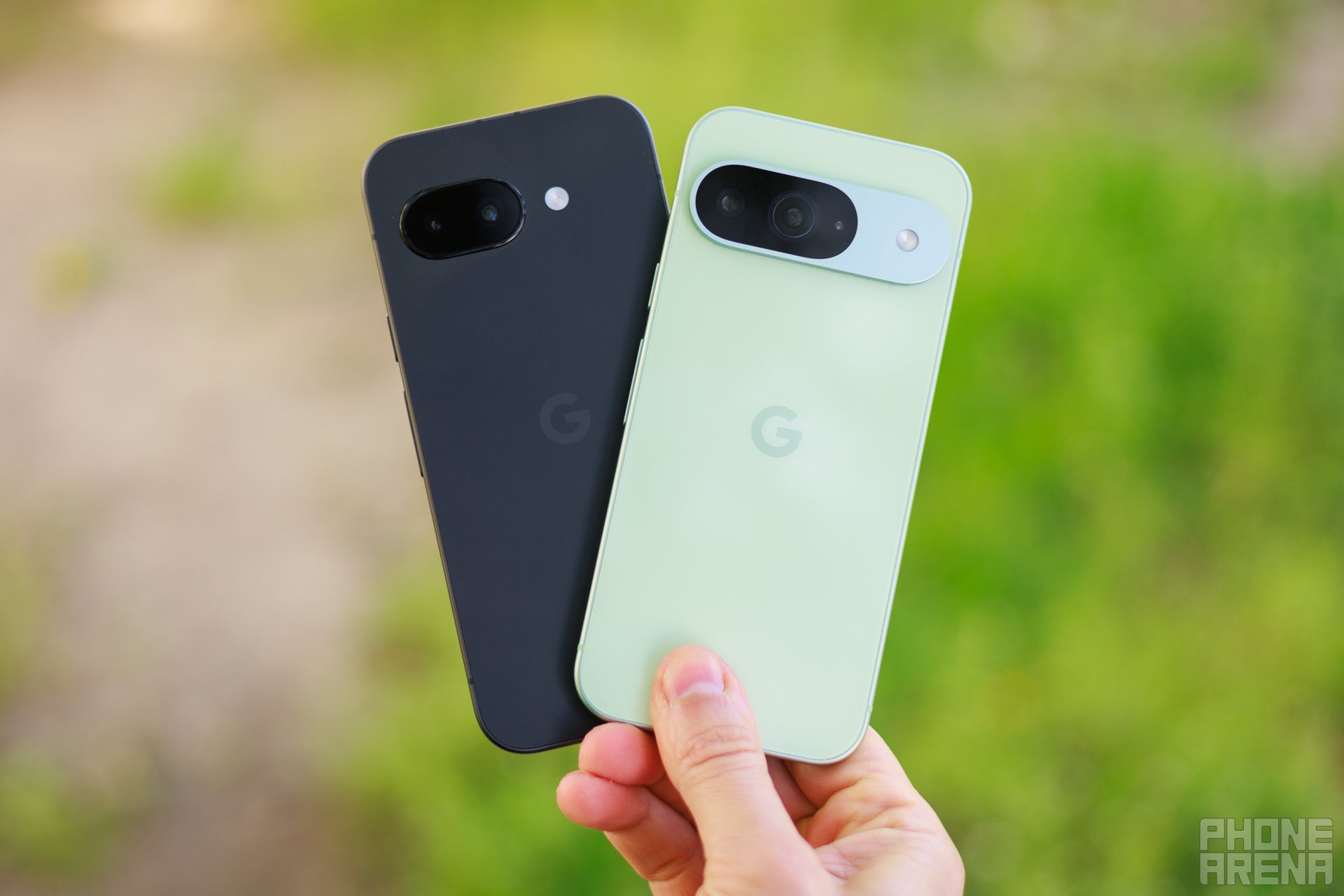
(Image by PhoneArena)
Wow, what a great value the Pixel 9a is!
At $499, it might very well be the smash-hit success story on the affordable phone market this year. We notice that while the overall experience is very similar to the Pixel 9, the battery life alone might definitely push you in the hands of the newer affordable trooper.
While the Pixel 9 costs $799, you don't get much extra in comparison with the affordable phone: a more premium design language and better camera image quality are the two major differentiating factors here.
That's great value, and the Pixel 9a nails all the essential pillars of a great smartphone but aces the battery life one, which is crucial. Yes, it's formulaic and a little bit boring, but it offers the best bang of the buck right now, especially for Pixel lovers.
Follow us on Google News
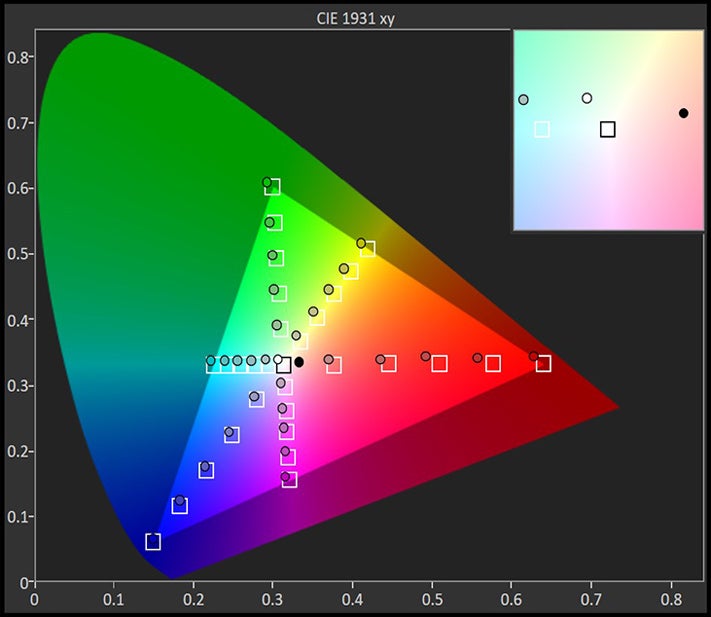












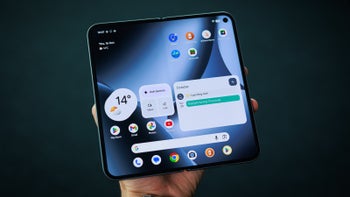
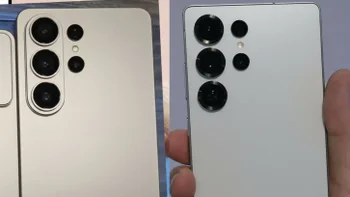
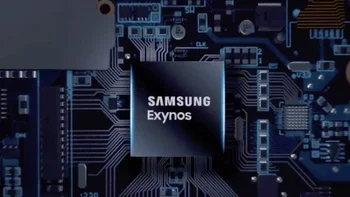
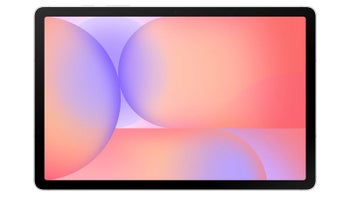
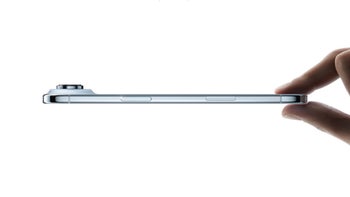
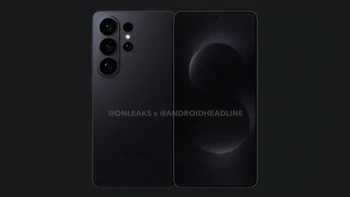
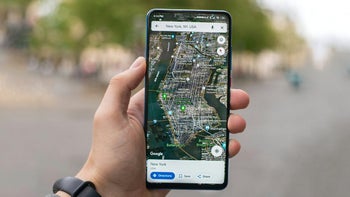
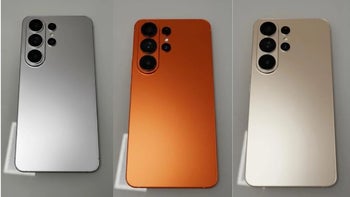
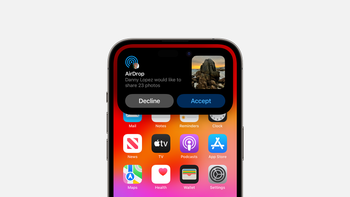
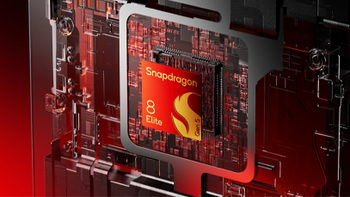
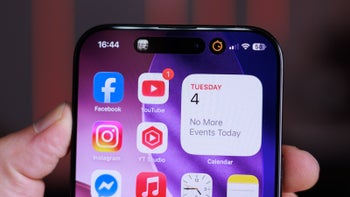
![T-Mobile customers who made account changes may have lost a perk [UPDATED]](https://m-cdn.phonearena.com/images/article/175467-wide-two_350/T-Mobile-customers-who-made-account-changes-may-have-lost-a-perk-UPDATED.webp)
Things that are NOT allowed:
To help keep our community safe and free from spam, we apply temporary limits to newly created accounts: